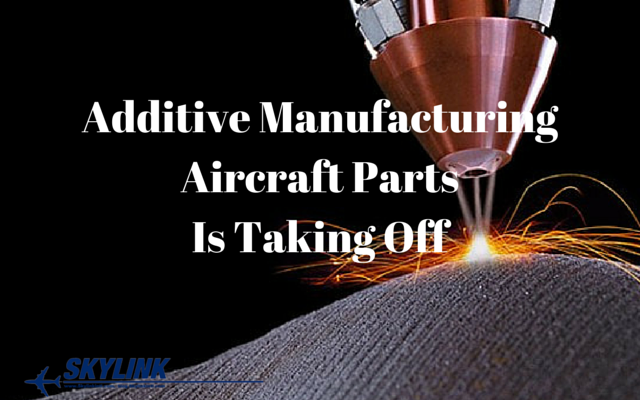It is no secret that additive manufacturing is the hot topic, especially in our fast paced aviation world. Many companies are exploring this new frontier of technology because of its unbelievable benefits. Pratt and Whitney are a perfect example of the new exploration in this uncharted world with manufacturing engine brackets using 3D printing. They have embraced two of many additive manufacturing techniques to make engine components, engine brackets specifically. Instead of using expensive slabs of steel to shape aircraft parts, the process of additive manufacturing enables Pratt and Whitney to layer materials together using absolutely no waste.
Not only does Pratt and Whitney expend no waste, they also are manufacturing parts that are lighter and cheaper.
 This trifecta of efficiency is what the aviation industry is raving about and why companies like Pratt and Whitney and even GE Aviation has adopted this new technique in manufacturing.
This trifecta of efficiency is what the aviation industry is raving about and why companies like Pratt and Whitney and even GE Aviation has adopted this new technique in manufacturing.
GE has adopted laser-powered 3-D printers and inking machines to make aircraft parts that seemed like science fiction long ago. GE likes to call this next chapter in manufacturing the next step in our Industrial Revolution.
The Industrial Revolution was a transition from new manufacturing processes in the period that started in 1760.
Today, additive manufacturing starts a new chapter in the aviation industry.
The additive manufacturing process can increase the tempo of production, reduce waste, and produce designs that seems almost impossible with last generation manufacturing processes. Unusual brackets, new age propellers, and even new engine designs are now open door ideas with this new technology.
However, this new revolution for the industry is growing at a crawl. Additive manufacturing techniques will need to be improved before the entire market adopts the technique with open arms. Glitches and muddy precision is still very common unless a finer and more expensive 3-D printer is purchased.
It makes sense why our industry is an early adopter of this new technology in manufacturing.
Aviation costs are high and even the most minuscule reduction in any costs would be a substantial benefit to any aircraft part manufacturer.
This process is taking off with no emergency brake and is beginning to grow exponentially.
In 2016, GE Aviation will unveil 19 3-D printed fuel nozzles in a combustion system that can only be made using this method. They will lead the aviation industry with the first solid models of these unique parts. This exciting time is being called the new or 3rd industrial revolution and companies like GE and Pratt and Whitney are paving the way for others to lead.





